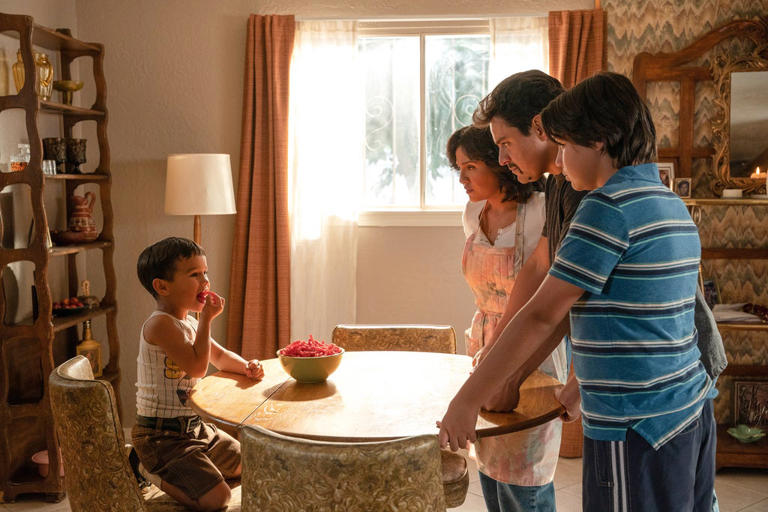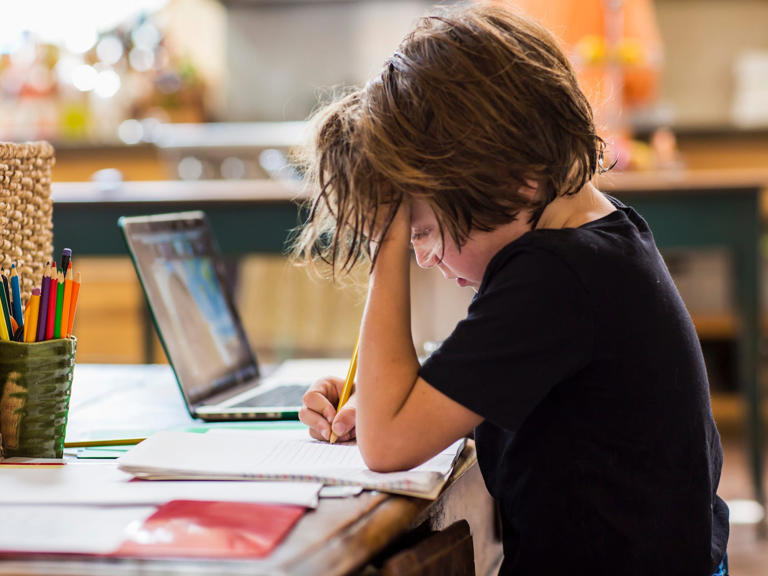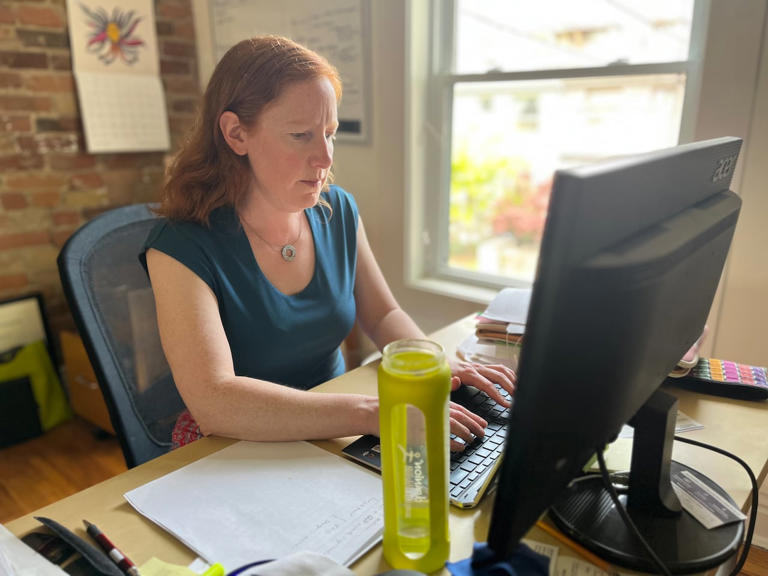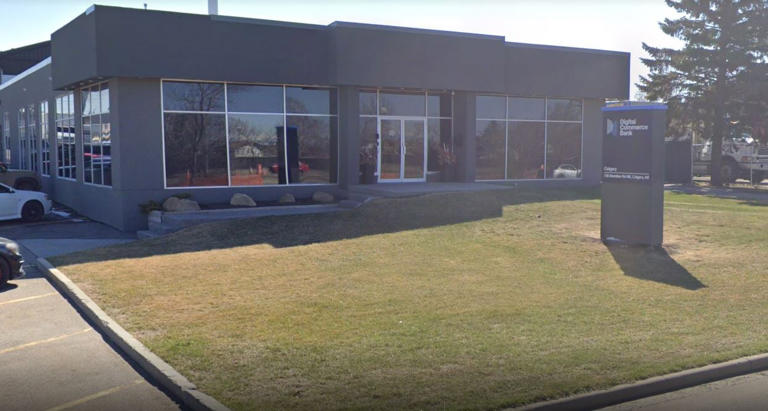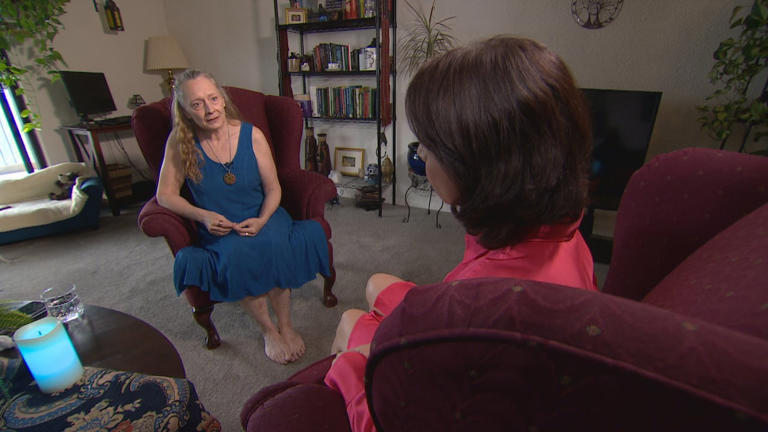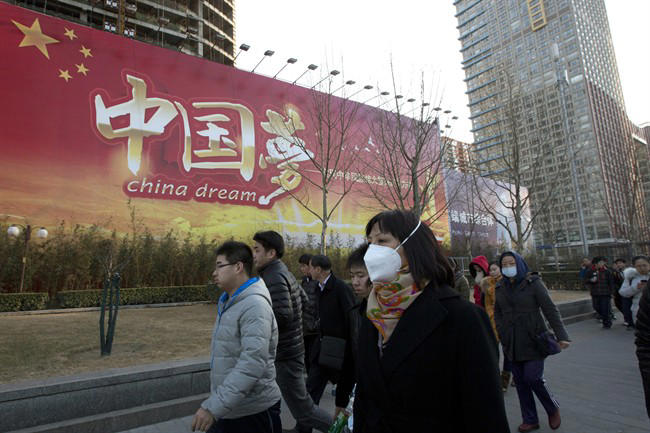Heavy June snow wallops Alberta mountain region one day before summer
Story by Digital Writers •
The Weather Network
Heavy June snow wallops Alberta one day before summer
View on Watch
Although summertime snow is not completely unheard of across Western Canada, up to 60 cm of it just a day ahead of the official start to the summer season can certainly catch most off guard.
A significant low pressure system is bringing high precipitation amounts to west-central Alberta. Most of the precipitation has been falling as rain, however, western areas have also seen significant accumulating snow.
"Northerly winds are accompanying this persistent low that has set up over central Alberta, ushering in much colder conditions," says Matt Grinter, a meteorologist at The Weather Network. "Pacific moisture has been drawn into the low and has brought an abundance of spring snow to the northern foothills and the mountain regions."
Snowfall warnings, which were first issued on Sunday, remain in place over higher elevations, including Jasper National Park where between 20 to 40 cm of snow is forecast to fall. Some areas may even exceed the 60 cm mark through the day on Tuesday.

At lower elevations, wet snow will create slushy conditions and accumulations will likely be below 10 cm.
Drivers have been urged to consider postponing non-essential travel until conditions improve.
"Visibility may be suddenly reduced at times in heavy snow," says Environment and Climate Change Canada (ECCC) in the snowfall warning. "Surfaces such as highways, roads, walkways and parking lots may become difficult to navigate due to accumulating snow. Road closures are possible. Heavy snowfall accumulation may cause tree branches to break."
RELATED: Flooding follows fire in central Alberta as fire evacuees prepare to return home in the north
Several roads in and around Jasper National Park have been closed due to the rapidly deteriorating conditions.
"Welcome to Junuary," Jasper National Park tweeted. "We aren't kidding when we say "mountain weather is unpredictable."
The heaviest snow is expected to taper off by Tuesday afternoon.
Here's a look at what 20-40 + cm of snow looks like in the middle of June in Alberta.
Thumbnail image courtesy: Marmot Basin/Twitter


